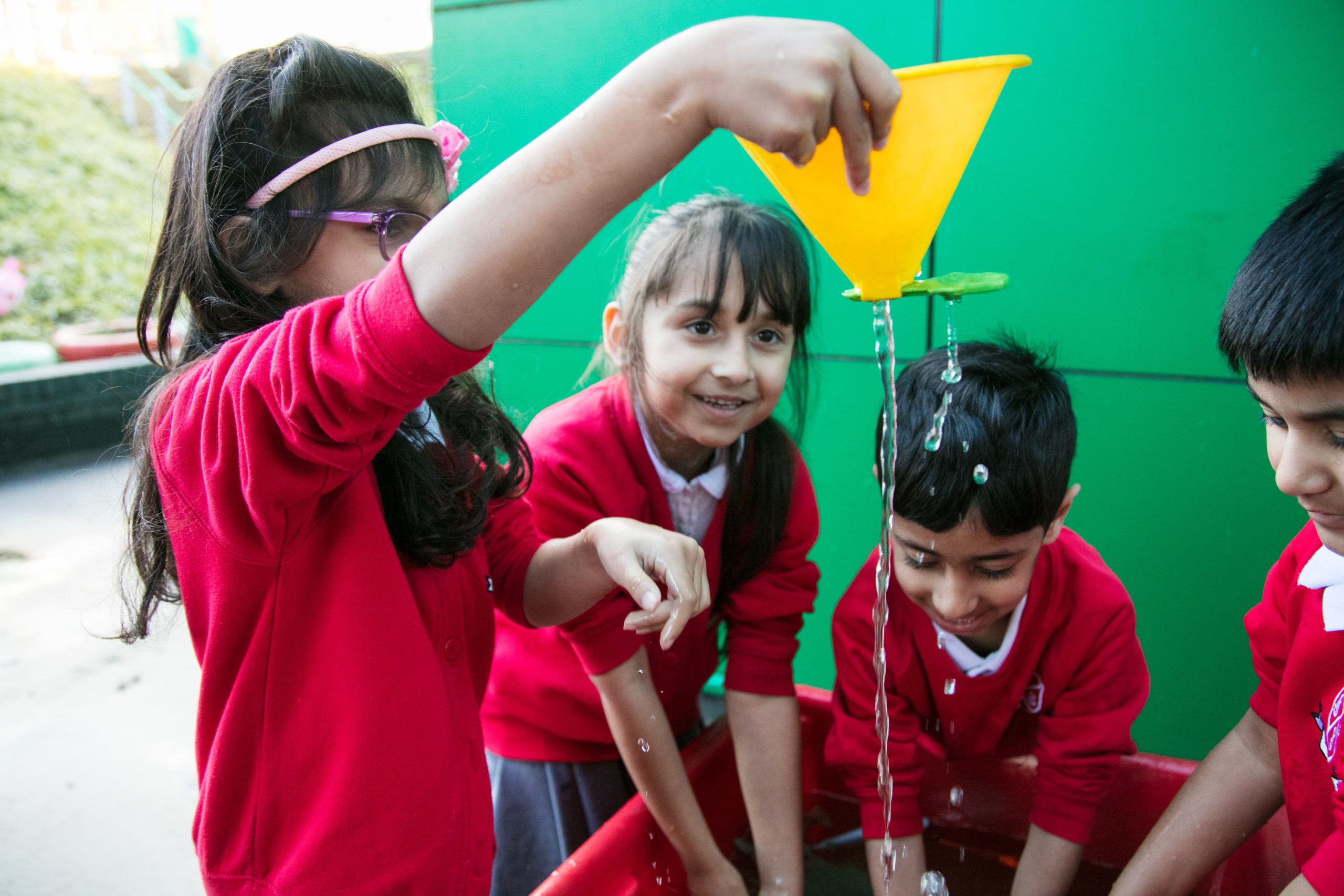
Children are born eager to learn by doing and the more opportunities they have to learn and master things hands-on, the better.
As John Dewey remarked in 1916, in his book, Democracy and Education:
“Why is it that, in spite of the fact that teaching by pouring in, learning by passive absorption, are universally condemned, that they are still so entrenched in practice? That education is not an affair of “telling” and being told, but an active constructive process, is a principle almost as generally violated in practice as conceded in theory. Is not this deplorable situation due to the fact that the doctrine is itself merely told? But its enactment in practice requires that the school environment be equipped with agencies for doing … to an extent rarely attained.”
We must, as best as we can, teach students to do things, rather than just having them be told about what others have done. Surely, that is our goal? Yes, they can be prompted and inspired by others, by those they learn about, but what we really want is for them to go on and write their own success story.
Hands-On Learning
We give schools the flexibility to deliver hands-on learning and core skills in practical ways with clear end products tangible outcomes. Literacy development, such as enhanced vocabulary, are embedded in real-life, cross-curricular contexts and maths application takes place in a wide range of activities.
We know our creative curriculum boosts engagement, attendance and helps to improve attainment. Pupils (and teachers!!) are eager to come to school if they know they are going to be planting beans, inventing a new recipe or filming an animation!









